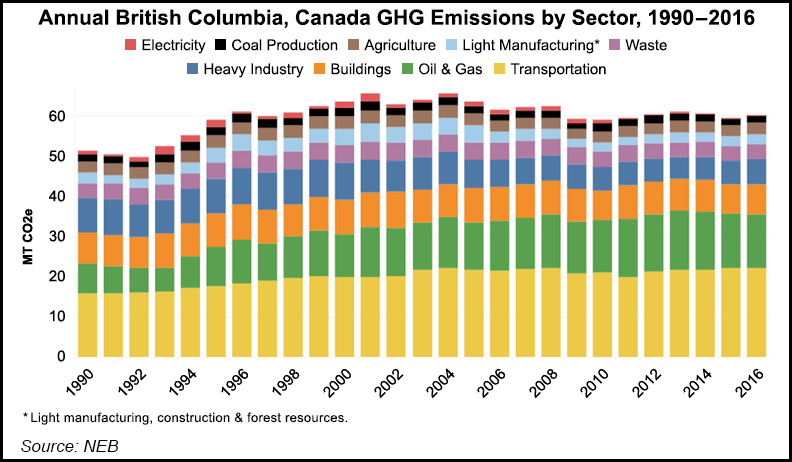GHGSat Readies Sights on Monitoring Montney Shale Emissions
A Quebec pioneer of space-age technology for spotting greenhouse gas (GHG) sources has obtained C$3.3 million ($2.5 million) from the Canadian government for a trial run at catching emitters in the Montney Shale in British Columbia.

The funds would cover about one-third of Montreal-based GHGSat’s C$9.8 million ($7.4 million) budget for 33 months to observe drilling and processing with satellite- and aircraft-mounted remote sensing hardware.
“These funds will allow GHGSat to demonstrate to regulators that our technology can offer accurate and more frequent measurements, enabling industrial operators to identify and repair leaks faster, all for lower cost than conventional methods,” said CEO Stéphane Germain.
Using a commercial satellite launched three years ago, GHG also collects and markets emissions data from the Alberta oilsands, Permian Basin and an African hydroelectric dam.
The firm rates as a contender to establish a job-creating commercial leadership role in an international environmental services growth industry from Sustainable Development Technology Canada (SDTC), a federal government agency.
The Montney project, scheduled to start early next year, is intended to convince industry and governments around the world that satellite and airborne environmental monitoring are more accurate and cheaper than ground observation.
SDTC Vice President Zoe Kulbuc described GHGSat as an answer to global need for standardized greenhouse gas detection.
“More frequent and accurate reporting better informs the industry on where and how to reduce GHG emissions,” said Kulbuc.
© 2024 Natural Gas Intelligence. All rights reserved.
ISSN © 2577-9877 | ISSN © 2158-8023 |
